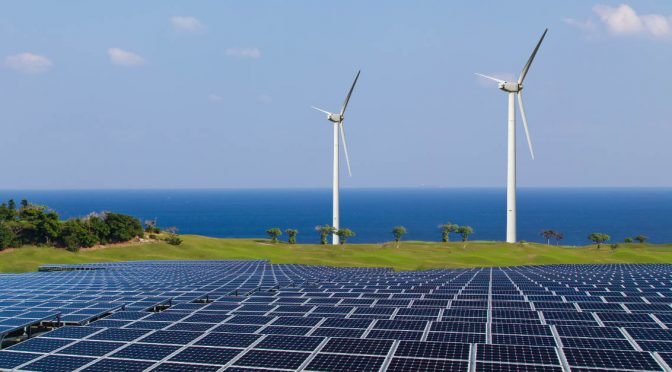Samoa, a small island nation in the South Pacific, is making significant strides in its quest to harness the power of renewable energy. With a population of just under 200,000 people, Samoa is highly vulnerable to the impacts of climate change, such as rising sea levels and more frequent and severe storms. As a result, the Samoan government has recognized the importance of transitioning away from fossil fuels and towards renewable energy sources, such as solar, wind, and hydropower.
The Samoan government has set ambitious targets for renewable energy development, aiming to generate 100% of its electricity from renewable sources by 2025. This is a bold and commendable goal, considering that in 2017, only 48% of Samoa’s electricity was generated from renewable sources. To achieve this target, the government has been working closely with international partners, such as the World Bank, the Asian Development Bank, and the European Union, to secure funding and technical assistance for renewable energy projects.
One of the most promising renewable energy sources in Samoa is solar power. The country enjoys abundant sunshine, with an average of 2,800 hours of sunlight per year. This makes solar energy a highly viable option for electricity generation. In recent years, several solar power projects have been implemented across the country, including the installation of solar panels on the rooftops of public buildings and the construction of a 2.1-megawatt solar power plant in the Faleata district. These projects have not only increased the share of renewable energy in Samoa’s electricity mix but have also created jobs and stimulated local economic growth.
Another renewable energy source with significant potential in Samoa is wind power. The country’s coastal areas experience strong and consistent trade winds, which can be harnessed to generate electricity. In 2014, the Samoan government, in partnership with the United Nations Development Programme (UNDP), installed two wind turbines on the island of Upolu, with a combined capacity of 1.1 megawatts. This pilot project has demonstrated the feasibility of wind power in Samoa and has paved the way for further investments in this sector.
Hydropower is another renewable energy source that has been utilized in Samoa for several decades. The country’s mountainous terrain and abundant rainfall provide ideal conditions for hydropower generation. Currently, there are three hydropower plants in operation, with a combined capacity of 13.4 megawatts. However, there is still untapped potential for further hydropower development, particularly in the form of small-scale, run-of-river projects that have minimal environmental impacts.
Despite the promising outlook for renewable energy in Samoa, there are also several challenges that need to be addressed. One of the main challenges is the high upfront cost of renewable energy technologies, which can be a significant barrier for a small island nation with limited financial resources. To overcome this hurdle, Samoa will need to continue leveraging international partnerships and funding opportunities to support its renewable energy projects.
Another challenge is the need to strengthen the country’s energy infrastructure to accommodate the increasing share of renewable energy. This includes upgrading the electricity grid to handle variable power generation from solar and wind sources, as well as investing in energy storage solutions to ensure a stable and reliable power supply.
In conclusion, Samoa’s pursuit of renewable energy presents both opportunities and challenges. By harnessing the power of solar, wind, and hydropower, the country can reduce its dependence on fossil fuels, enhance its energy security, and contribute to global efforts to combat climate change. However, to fully realize the potential of renewable energy in Samoa, it is essential for the government and its international partners to address the financial and infrastructural challenges that stand in the way of a sustainable and resilient energy future.

